The Beef Market is characterized by a complex interplay of competitive dynamics, driven by factors such as consumer demand for high-quality protein, sustainability concerns, and technological advancements in production. Major players like JBS S.A. (BR), Tyson Foods, Inc. (US), and Cargill, Inc. (US) are at the forefront, each adopting distinct strategies to enhance their market positioning. JBS S.A. (BR) focuses on expanding its international footprint through strategic acquisitions, while Tyson Foods, Inc. (US) emphasizes innovation in product offerings, particularly in plant-based alternatives. Cargill, Inc. (US) is increasingly investing in sustainable practices, which aligns with the growing consumer preference for environmentally friendly products. Collectively, these strategies contribute to a competitive environment that is both dynamic and multifaceted.
In terms of business tactics, companies are increasingly localizing manufacturing to reduce transportation costs and enhance supply chain efficiency. The Beef Market appears moderately fragmented, with a mix of large corporations and smaller regional players. The collective influence of key players shapes market trends, as they leverage their scale to optimize operations and respond to shifting consumer preferences.
In August 2025, Tyson Foods, Inc. (US) announced a partnership with a leading technology firm to develop AI-driven solutions for supply chain management. This strategic move is likely to enhance operational efficiency and reduce waste, positioning Tyson as a leader in technological integration within the beef sector. The emphasis on AI reflects a broader trend towards digital transformation in the industry, which could redefine competitive advantages.
In September 2025, Cargill, Inc. (US) launched a new line of sustainably sourced beef products aimed at environmentally conscious consumers. This initiative not only caters to a growing market segment but also reinforces Cargill's commitment to sustainability, potentially enhancing brand loyalty and market share. The focus on sustainable sourcing is indicative of a larger shift within the industry towards environmentally responsible practices.
In October 2025, JBS S.A. (BR) completed the acquisition of a regional beef processing facility in the United States, which is expected to bolster its production capacity and improve distribution networks. This acquisition aligns with JBS's strategy to strengthen its market presence in North America, allowing for greater responsiveness to local demand and enhancing its competitive edge.
As of October 2025, the Beef Market is witnessing trends that emphasize digitalization, sustainability, and technological integration. Strategic alliances are increasingly shaping the competitive landscape, as companies collaborate to enhance their capabilities and market reach. Looking ahead, competitive differentiation is likely to evolve from traditional price-based competition towards innovation, technology adoption, and supply chain reliability, reflecting the industry's response to changing consumer expectations and market dynamics.


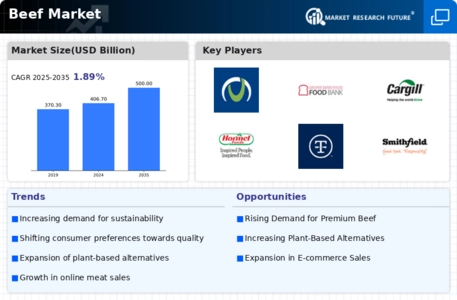

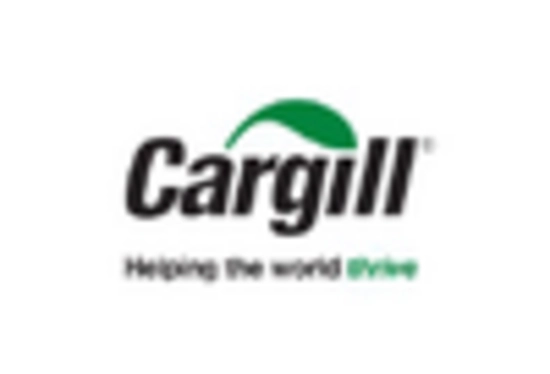
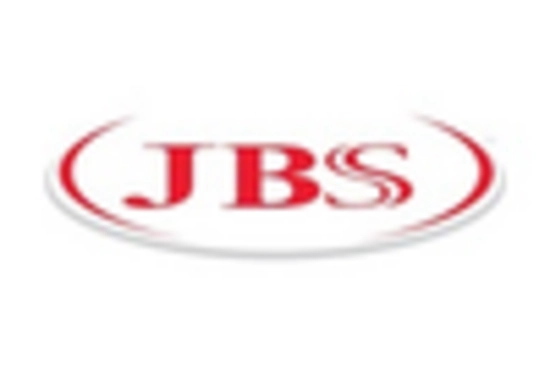

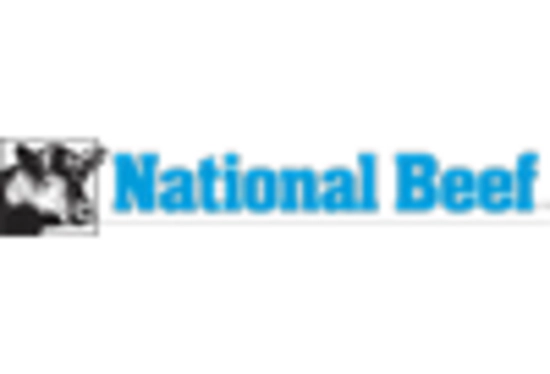
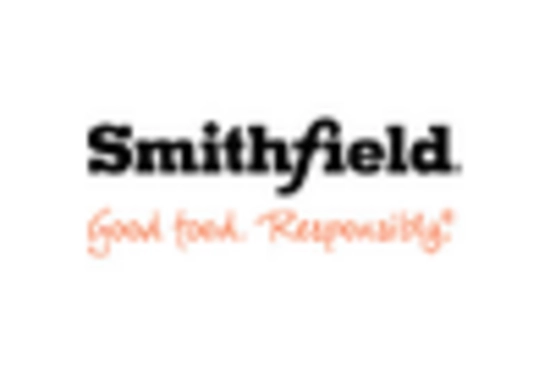
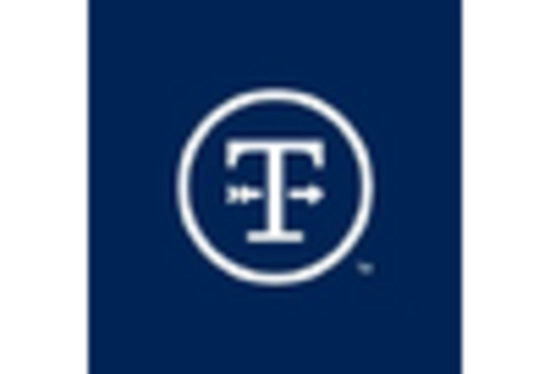








Leave a Comment